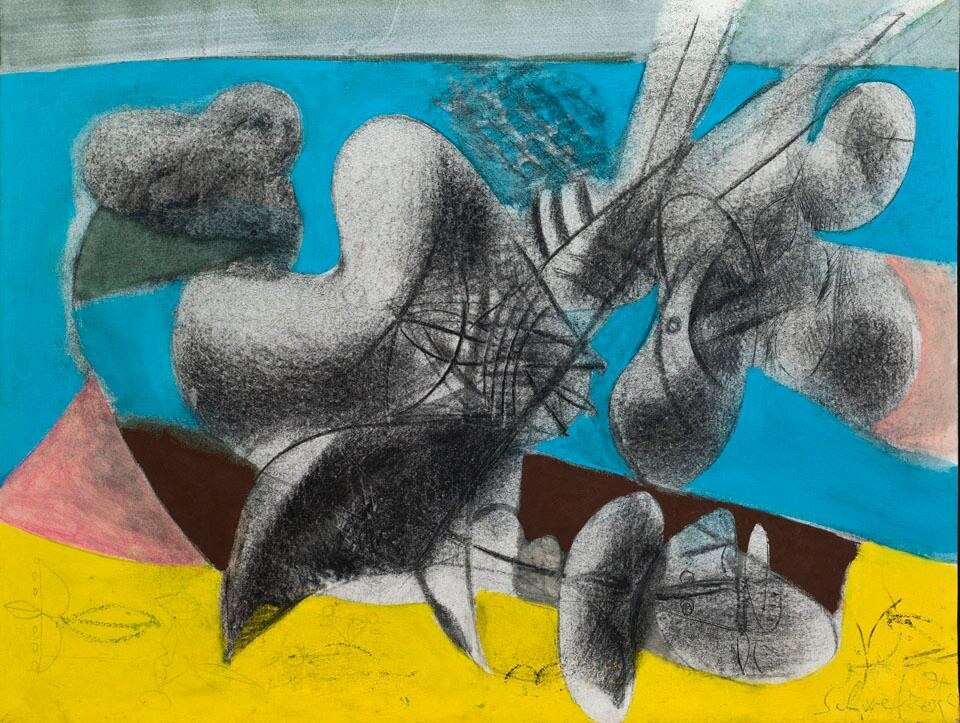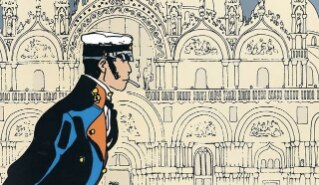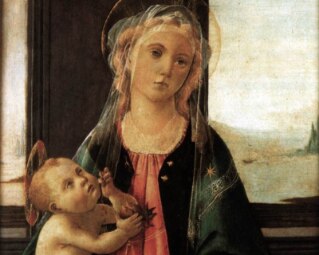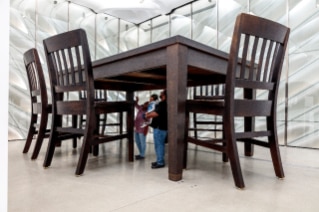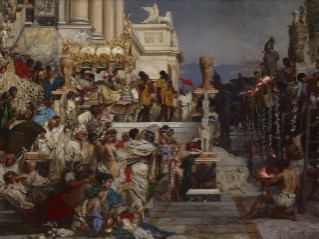His world was that of the mid-20th century. Originally from Mezzano di Primiero, in the province of Trento, Schweizer retained close ties with his homeland as he arrived to study at the Accademia in Venice, became Bruno Saetti's assistant and cultivated a passion for aesthetics and research. Ever eager for knowledge, he wrote "Art is freedom. Freedom from schemes. Research in unexplored worlds. Everything has been accomplished in art. Everything is still to be accomplished in art. I am interested in everything concerning image, art history, even the art which is not considered history. Nothing is devoid of interest except for what is done due to some interest."
![<i>Cubo Bibita [Drink Cube]</i> set of pitchers and glasses <i>Cubo Bibita [Drink Cube]</i> set of pitchers and glasses](/content/dam/domusweb/en/art/2011/06/07/20th-century-romantic-hero/big_348920_9775_SET%20DI%20BROCCHE%20E%20BICCHIERI%20CUBO%20BIBITA01_UPD1.jpg.foto.rmedium.jpg)
![Riccardo Schweizer, <i>Senza titolo [Untitled]</i> Riccardo Schweizer, <i>Senza titolo [Untitled]</i>](/content/dam/domusweb/en/art/2011/06/07/20th-century-romantic-hero/big_348920_6082_03S%20Schweizer%20-%20Senza%20titolo_UPD1.jpg.foto.rmedium.jpg)
When painting, he was anxious to fill every square centimetre, round things off and draw sinuous lines but then, when designing, he pursued geometry and pure technique, regular masses, function first and foremost, optimum energy and space—albeit with flashes of colour.
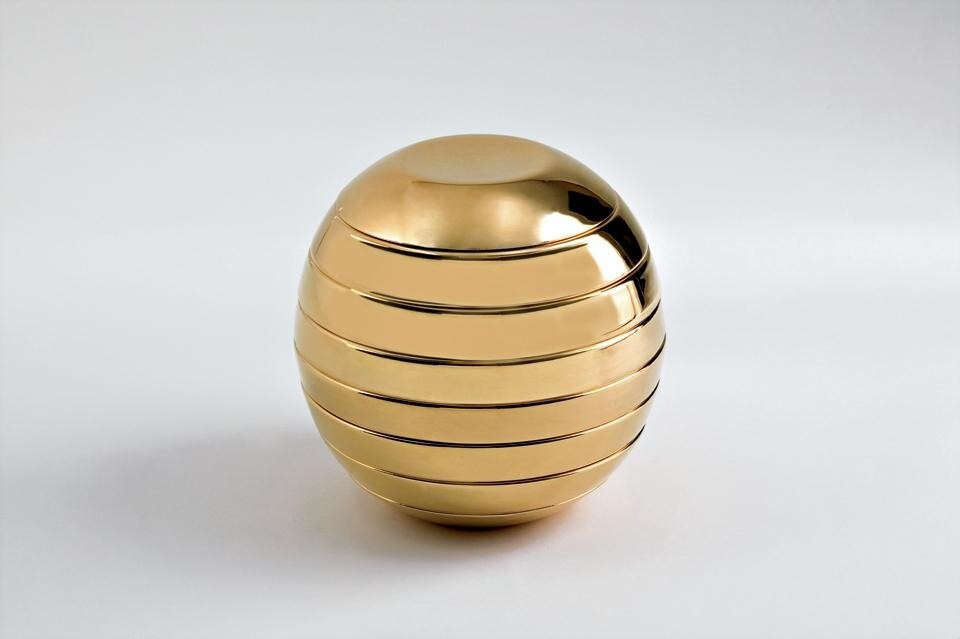
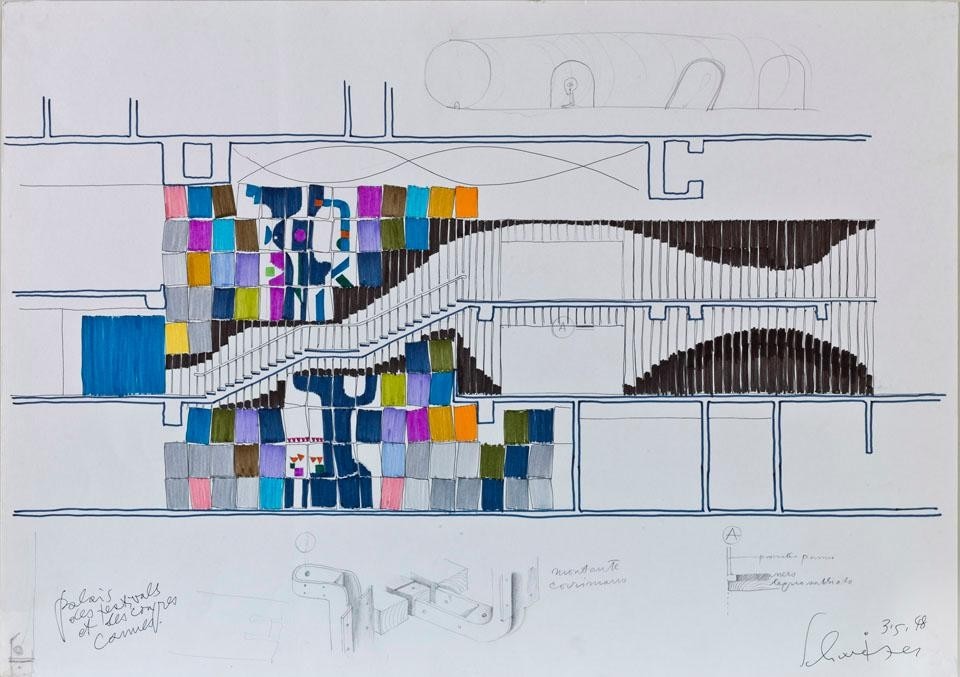
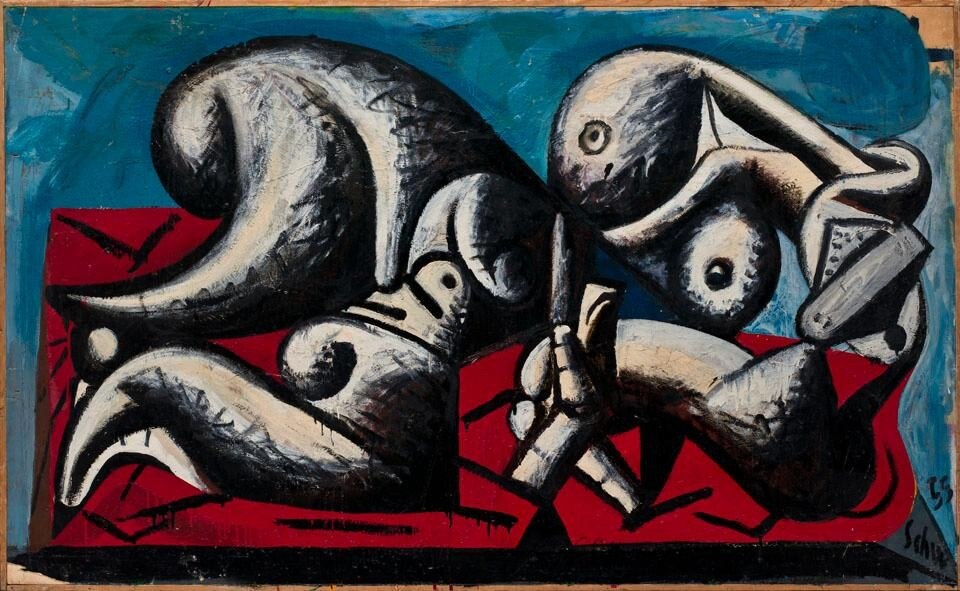
![<i>Portaspezie [Churn]</i> cruet <i>Portaspezie [Churn]</i> cruet](/content/dam/domusweb/en/art/2011/06/07/20th-century-romantic-hero/big_348920_1075_PORTASPEZIE%20ZANGOLA01_UPD2.jpg.foto.rmedium.jpg)
When asked the direct question, "Do you see more of your father in the painter or in the designer?" his daughter Barbara replies, "l mostly remember him with the temperament of the designer, despite never having studied architecture. But I grew up with his paintings and they have always been a part of our lives."
Maria Cristina Didero
